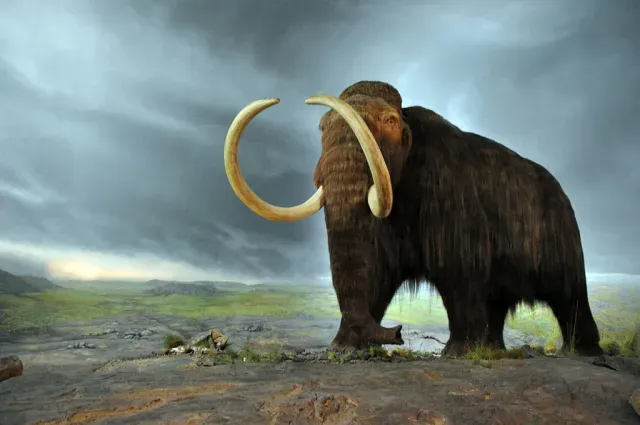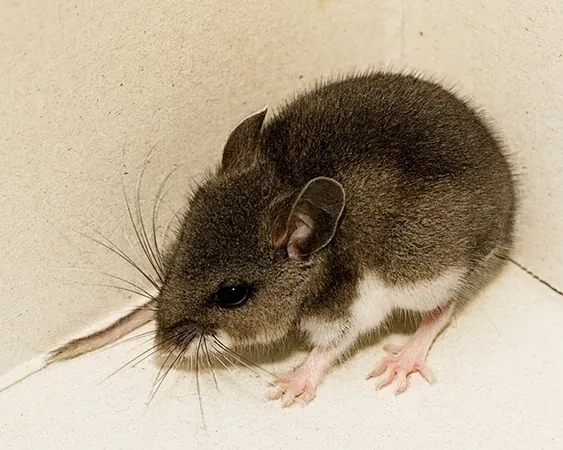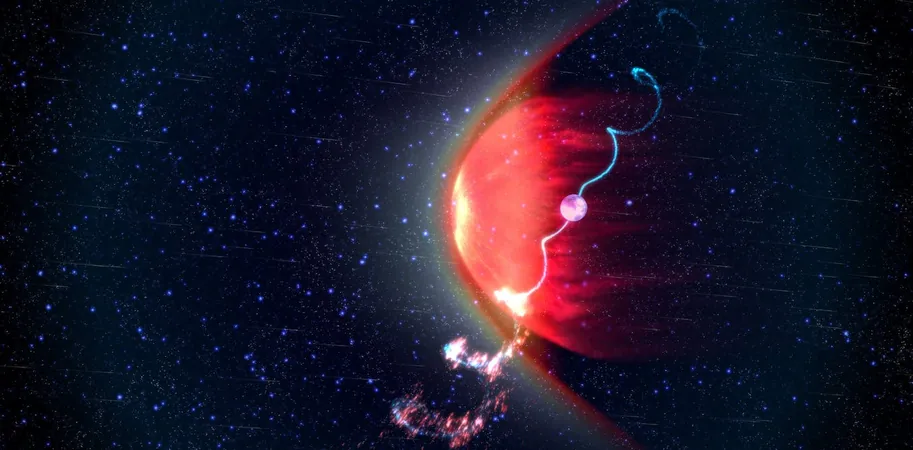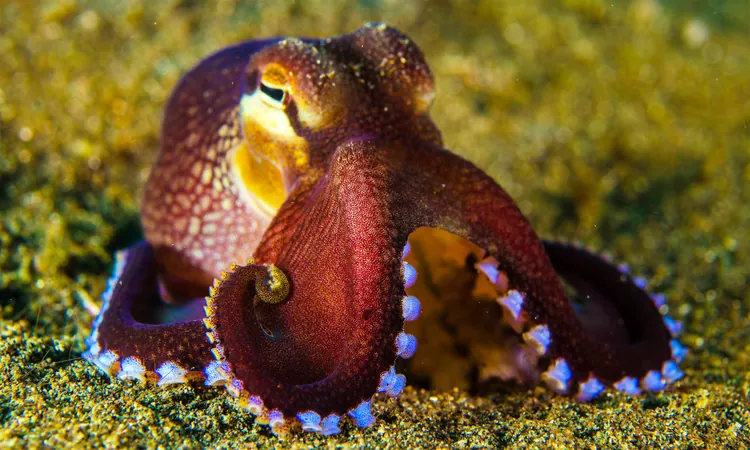
The Mysterious Downfall of the Woolly Mammoth: Sudden and Unforeseen!
2025-04-12
Author: Noah
Unraveling the Mystery of the Woolly Mammoth's Extinction
The woolly mammoth once roamed the icy expanses of the Ice Age, a majestic symbol of survival against the harshest climates. However, as the planet warmed and their habitats dwindled, these colossal creatures found themselves cornered into extinction. The last bastion for these mammoths was Wrangel Island, a remote piece of land off the coast of Siberia, where a selective population managed to survive long after their mainland counterparts had vanished.
The Ice Age Refuge: A Surprising Twist in Their Story
According to groundbreaking research led by evolutionary geneticist Marianne Dehasque from Uppsala University, the last mammoths of Wrangel Island didn't simply fade away; they faced an abrupt and catastrophic decline. Using ancient DNA, the team constructed an intricate genetic timeline to uncover the genetic makeup of these last survivors.
Initially, they traced the population back to a mere eight individuals who flourished to around 200-300 over 6,000 years—a remarkable feat given the genetic challenges of inbreeding. While they carried some harmful mutations, the genetic evidence revealed that these mammoths were surprisingly resilient, managing to purge the worst of these defects over generations.
Survival Against the Odds: Did Disease Play a Role?
However, the analysis brought alarming revelations about their immune systems. While the population thrived for thousands of years, the genetic study highlighted a troubling lack of diversity genes linked to disease resistance. This raised the possibility that even a minor outbreak could have devastated the last mammoths.
The Icy Hands of Climate Change
As the Ice Age drew to a close, climatic changes ravaged the mammoths' tundra habitat, transforming it into lush forests and further restricting their living space. On Wrangel Island, these creatures adapted, but the challenge of limited resources grew ever more perilous. The genetic data hinted that the last mammoths may have stemmed from a single herd, indicating a snug yet fragile existence.
A Twist of Fate: Catastrophic Events Leading to Extinction?
Despite the absence of human interaction—archaeological hints suggest human arrival came centuries after mammoth extinction—scientists speculate that disease or unpredictable environmental disasters could have sealed their fate. Whether it was a devastating illness brought by migratory birds or catastrophic events such as wildfires or volcanic eruptions, the small population's vulnerability to sudden change is starkly illustrated.
A Grim Lesson for Modern Conservation Efforts
The story of the woolly mammoths serves as a poignant reminder of the delicate balance faced by species on the brink of extinction today. While some populations can adapt and endure through genetic shifts, their fates can still be determined by unforeseen external pressures. The mammoth saga teaches us about resilience, but perhaps more importantly, about vulnerability.
As scientists continue to decode the past, the tale of the woolly mammoth remains a stirring testament to the precarious dance of survival amidst changing environments and sheer luck.









 Brasil (PT)
Brasil (PT)
 Canada (EN)
Canada (EN)
 Chile (ES)
Chile (ES)
 Česko (CS)
Česko (CS)
 대한민국 (KO)
대한민국 (KO)
 España (ES)
España (ES)
 France (FR)
France (FR)
 Hong Kong (EN)
Hong Kong (EN)
 Italia (IT)
Italia (IT)
 日本 (JA)
日本 (JA)
 Magyarország (HU)
Magyarország (HU)
 Norge (NO)
Norge (NO)
 Polska (PL)
Polska (PL)
 Schweiz (DE)
Schweiz (DE)
 Singapore (EN)
Singapore (EN)
 Sverige (SV)
Sverige (SV)
 Suomi (FI)
Suomi (FI)
 Türkiye (TR)
Türkiye (TR)
 الإمارات العربية المتحدة (AR)
الإمارات العربية المتحدة (AR)